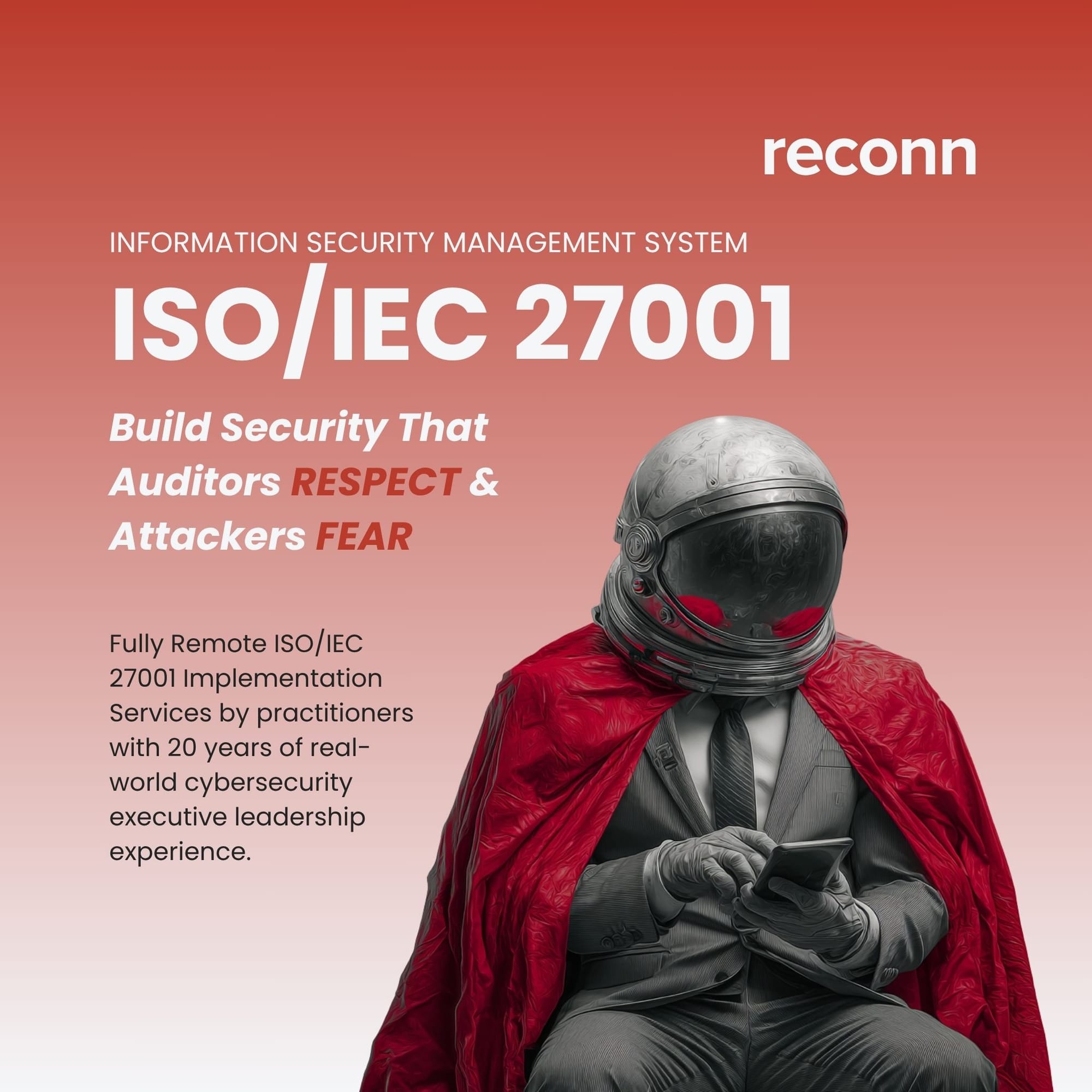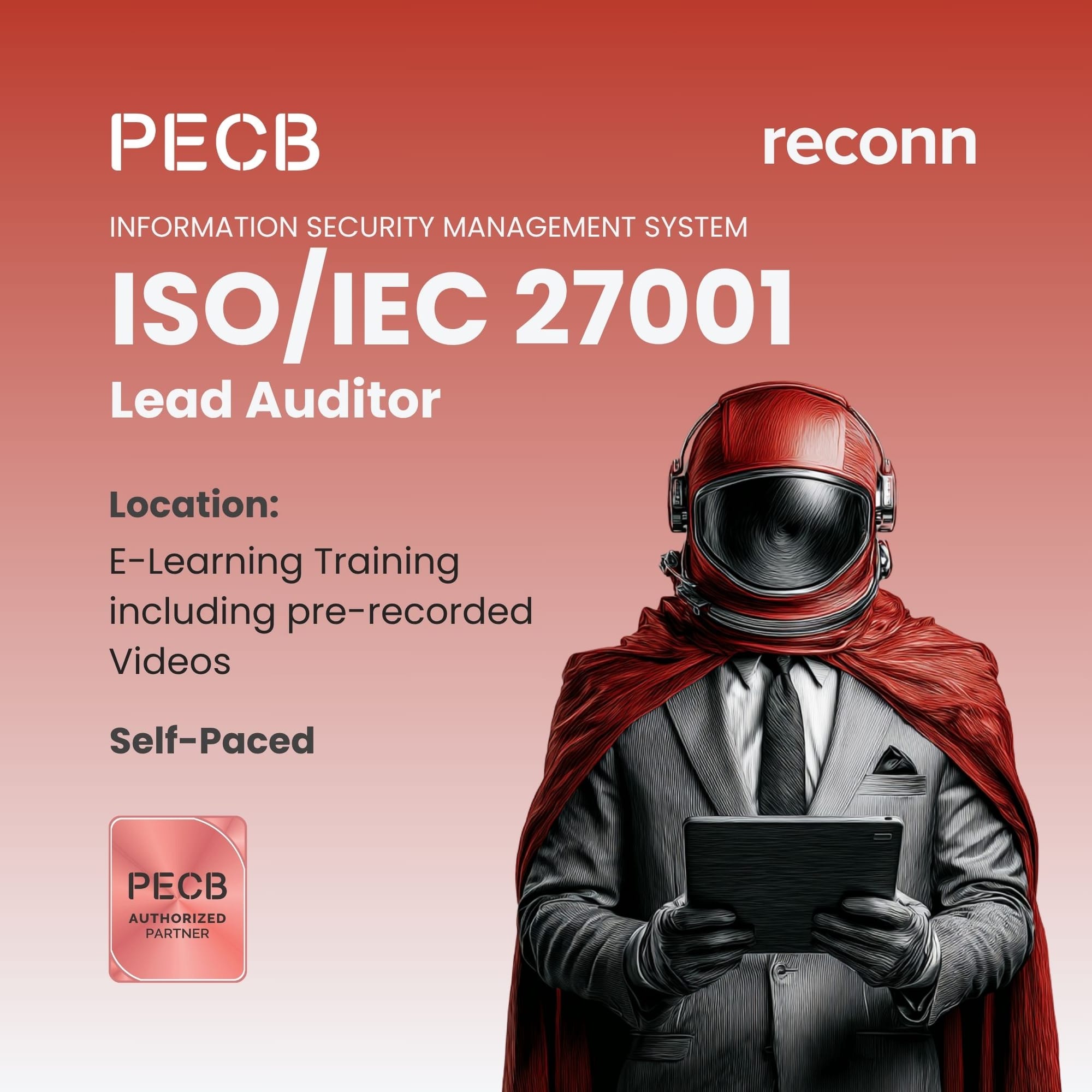ISO/IEC 27001:2022 CIA Triad: The Core Security Principles of Information Protection
Discover how the ISO 27001 CIA Triad-confidentiality, integrity, and availability forms the core of information security. Learn practical steps to protect information, maintain data accuracy and integrity, and ensure availability in compliance with ISO/IEC 27001:2022.

At the heart of ISO/IEC 27001:2022, the internationally recognized standard for Information Security Management Systems (ISMS), lies a timeless and universal concept: the CIA Triad. This triad: Confidentiality, Integrity, and Availability forms the foundation upon which all modern information security frameworks are built. While technologies, threats, and compliance requirements evolve, the CIA model continues to guide organizations in safeguarding their most valuable asset: information.
In this guide, we will explore how the CIA Triad in ISO 27001 integrates with the security principles of the standard, the role of each component in protecting information, and practical strategies for implementing these principles effectively.
Key Takeaways
- The CIA Triad—Confidentiality, Integrity, and Availability is the foundation of information security and central to ISO/IEC 27001:2022.
- Confidentiality protects sensitive information from unauthorized access, ensuring privacy and security of data.
- Integrity ensures data accuracy, completeness, and trustworthiness, safeguarding against unauthorized modifications.
- Availability guarantees that authorized users can access information and systems when needed.
- ISO/IEC 27001:2022 integrates the CIA model into its risk management framework, mapping each principle to specific Annex A controls.
- Balancing integrity vs availability requires a risk-based approach tailored to organizational needs.
- Implementing CIA principles strengthens data protection, information safeguarding, and cybersecurity resilience.
- Effective CIA Triad application in ISO/IEC 2700:2022 enhances compliance, builds trust, and reduces the risk of data breaches.

ISO/IEC 27001 Remote Implementation Services
Fully Remote ISO/IEC 27001 Implementation Services by practitioners with 20 years of real-world cybersecurity executive leadership experience.
Understanding the ISO/IEC 27001:2022 CIA Triad
The CIA Triad ISO/IEC 27001:2022 framework is not merely a theoretical model—it is embedded in the very definition of information security according to ISO/IEC 27000: “the preservation of confidentiality, integrity, and availability of information.”
The standard’s Annex A controls, risk assessment processes, and continual improvement practices all align to uphold these three principles. Here’s a breakdown:
1. Confidentiality
Confidentiality ensures that information is only accessible to those with the proper authorization. It is about protecting information from unauthorized access, disclosure, or exposure.
Examples in ISO/IEC 27001:2022:
- Access control policies
- Role-based access management
- Data encryption in transit and at rest
- Secure disposal of sensitive data
2. Integrity
Integrity ensures that information remains accurate, complete, and unaltered unless changed through authorized processes. It covers both data integrity and information integrity, ensuring data accuracy and reliability.
Examples in ISO/IEC 27001:2022:
- Change management controls
- Version control and audit trails
- Data validation processes
- Digital signatures for authenticity
3. Availability
Availability ensures that information and systems are accessible and usable when needed by authorized users. This principle focuses on maintaining operational continuity and minimizing downtime.
Examples in ISO/IEC 27001:2022:
- Redundant systems and failover mechanisms
- Regular backups and restoration testing
- Incident response and disaster recovery plans
- Service level agreements (SLAs) for uptime
CIA Model and Security Principles in ISO/IEC 27001:2022
The CIA principle works in synergy with ISO 27001’s risk management approach. Annex A controls in ISO/IEC 27001:2022 address various threats to confidentiality, integrity, and availability through a structured control framework.
Mapping CIA Triad to ISO/IEC 27001:2022 Controls
| CIA Principle | ISO 27001 Control Examples |
|---|---|
| Confidentiality | Access control (A.5), cryptography (A.10), information classification (A.5.12) |
| Integrity | Logging and monitoring (A.8.15), secure development (A.8.25), change management (A.8.32) |
| Availability | Backup (A.8.13), capacity management (A.8.4), resilience (A.5.30) |

ISO/IEC 27001 Lead Auditor Certification
100% Online ISO/IEC 27001 Lead Auditor Certification program. Choose between self-study or elearning delivery option. Includes official courseware from PECB and 2x Examination attempts.
Confidentiality: Protecting Information and Data Privacy
The confidentiality principle ensures that sensitive data such as financial records, intellectual property, personal data, and trade secrets—remains shielded from unauthorized access.
Key Confidentiality Measures in ISO/IEC 27001:2022
- Access Control Policies: Define user access rights and enforce least privilege.
- Encryption: Use strong encryption algorithms to protect data in transit and at rest.
- Secure Authentication: Multi-factor authentication (MFA) for critical systems.
- Physical Security: Restrict physical access to server rooms and archives.
- Employee Awareness: Training to recognize phishing and social engineering.
Integrity: Maintaining Data Accuracy and Trustworthiness
In ISO/IEC 27001:2022, integrity safeguards data accuracy and integrity by ensuring that any changes to information are intentional, authorized, and properly documented.
Why Integrity Matters
Without integrity controls, corrupted or manipulated data can:
- Lead to faulty business decisions.
- Compromise regulatory compliance.
- Damage trust with clients and partners.
Key Integrity Measures in ISO/IEC 27001:2022
- Checksums and Hash Functions: Detect unauthorized modifications.
- Audit Logs: Track changes for forensic analysis.
- Role-Based Update Permissions: Limit who can modify critical information.
- Version Control: Maintain records of document and system changes.
Availability: Ensuring Timely Access to Information
Availability in ISO/IEC 27001:2022 ensures that legitimate users can access the information they need when they need it—especially during emergencies.
Key Availability Measures in ISO/IEC 27001:2022
- Disaster Recovery Plans: Procedures for restoring systems after incidents.
- High-Availability Systems: Clustering, load balancing, and failover.
- Regular Backup Testing: Verifying recovery processes work as intended.
- Preventive Maintenance: Reducing downtime through proactive monitoring.
Integrity vs Availability: Balancing the Principles
There can be trade-offs between integrity and availability in security. For example:
- Strict data validation improves integrity but may slow system response.
- High availability may introduce additional attack surfaces if controls are relaxed.
ISO/IEC 27001:2022 addresses this by requiring a risk-based approach—organizations determine acceptable levels of each principle based on business needs and risk appetite.
CIA Principle in the Context of Cybersecurity and Privacy Protection
The CIA Triad in ISO/IEC 27001:2022 works hand-in-hand with broader cybersecurity and privacy protection measures:
- Cybersecurity Protection: Firewalls, intrusion detection, endpoint protection.
- Data Protection & Privacy: Compliance with GDPR, HIPAA, or local privacy laws.
- Data Safeguarding: Secure handling of backups, archives, and portable devices.
ISO/IEC 27001:2022 and the CIA Triad in Action
The 2022 revision of ISO/IEC 27001 emphasizes:
- Integration with other frameworks such as NIST CSF and ISO 27701.
- Expanded controls for cloud security, threat intelligence, and ICT readiness.
- Increased focus on resilience—a direct enabler of availability.
Best Practices for Implementing CIA Triad in ISO/IEC 27001 Projects
- Risk Assessment First: Identify threats to confidentiality, integrity, and availability.
- Align Controls to Risks: Select relevant Annex A controls.
- Embed CIA into Policies: Explicitly reference the triad in ISMS documentation.
- Continuous Monitoring: Use SIEM, DLP, and vulnerability scanning tools.
- Regular Training: Reinforce staff understanding of information protection.
- Periodic Testing: Conduct penetration tests, backup restores, and integrity checks.
- Audit and Improve: ISO/IEC 27001:2022 is about continual improvement, CIA principles evolve with the threat landscape.
Conclusion
The ISO/IEC 27001:2022 CIA Triad is more than a theoretical model—it’s the living heartbeat of your organization’s information security posture. By embedding confidentiality, integrity, and availability into every process, policy, and system, organizations can ensure data security, information protection, and resilience in an increasingly hostile cyber environment.
ISO/IEC 27001:2022 operationalizes these principles through its risk-based approach, structured controls, and emphasis on continual improvement. Whether you are building your ISMS from scratch or refining a mature system, the CIA model provides a clear and actionable framework for protecting information while enabling business growth.

PECB Catalogue
Explore PECB’s globally recognized course catalogue featuring certifications in AI, cybersecurity, ISO standards, governance, risk, and compliance—designed for professionals seeking expertise and career advancement.



